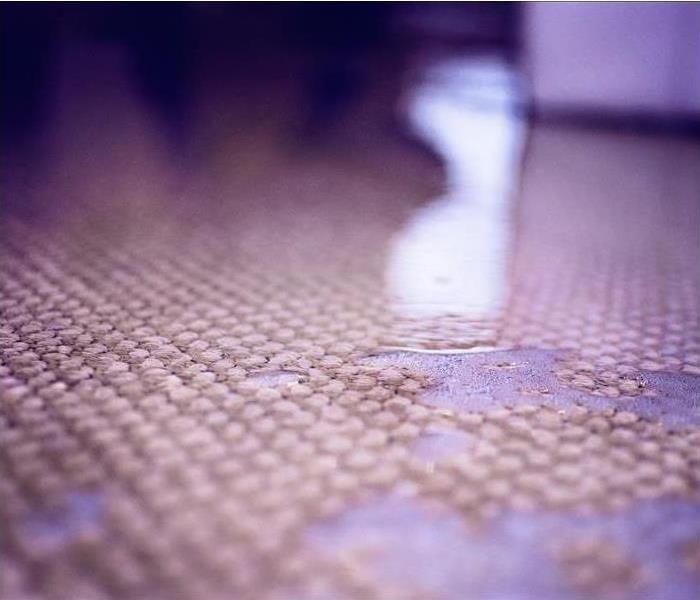Do You Know What's in Your Water?
7/27/2022 (Permalink)
Water Categories
Did you know that the water, either coming into your home due to a pipe burst or a leak, has what we call a “category”? When it comes to handling mitigation in your home it is better to allow the professionals at SERVPRO of West Knoxville to deal with the emergency because you have to treat the water correctly to be safe. You never know what is either in your water or what the water has passed through to create contamination.
SERVPRO of West Knoxville wants you to have a better understanding of the categories of water and the information below explains the main types of water damage and could help you identify the problem quickly if it ever happens to you.
Category One: Clear Water
This water is the cleanest, most non-toxic form of water damage. It is potable water, perhaps directly from the tap. It is unlikely to cause you any harm, even if you are exposed for some time. Nevertheless, even clean flooding can lead to electrical and structural faults, so it is safer for you to call in the experts for repairs. Clean water comes from things like a broken water supply line, tub or sinks overflowing with no contaminants, appliance malfunctions involving water-supply lines to name a few. However, once clean water leaves the exit point, it might not remain clean after contacting other surfaces or materials. Although it is considered the "safest" of the categories, it can degrade to category 2 or 3 if left untreated.
Category Two: Gray Water
Gray water damage is a little bit more serious and requires a speedier removal process. This is because it may contain potentially unsafe levels of chemicals, microorganisms, or dirt. Examples of Cat 2 water include, but are not limited to: overflow from dishwashers or washing machines; overflows from toilet bowls with urine; seepage due to hydrostatic pressure and broken aquariums.
If left untreated, it can quickly degrade into category 3.
Category Three: Black Water
Cat 3 water is grossly contaminated and can contain pathogenic, toxigenic or other harmful agents. Cat 3 water can include, but is not limited to: sewage; toilet backflows from beyond the trap; flooding from seawater, rivers or streams, ground surface water, or other contaminated water entering the indoor environment.





 24/7 Emergency Service
24/7 Emergency Service
